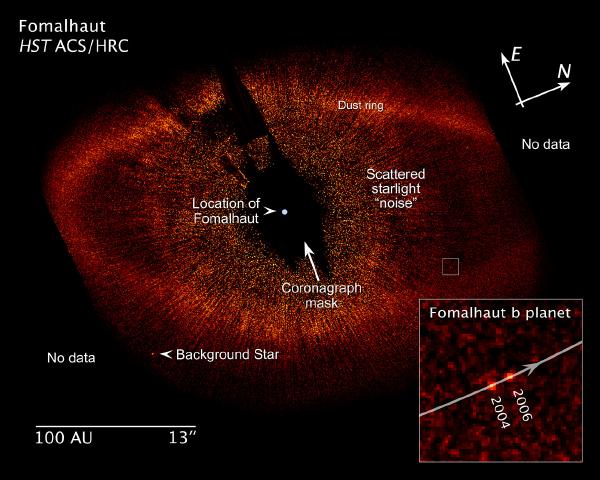Scientists may have overcome a major hurdle to calculating how much carbon dioxide (CO2) is absorbed and released by plants, vital information for understanding how the biosphere responds to stress and for determining the amount of carbon that can be safely emitted by human activities. The problem is that ecosystems simultaneously take up and release CO2. The key finding is that the compound carbonyl sulfide, which plants consume in tandem with CO2, can be used to quantify gas flow into the plants during photosynthesis. The research is published in the November 14, issue of Science.
Evolution isn't just for living organisms. Scientists at the Carnegie Institution have found that the mineral kingdom co-evolved with life, and that up to two thirds of the more than 4,000 known types of minerals on Earth can be directly or indirectly linked to biological activity. The finding, published in American Mineralogist*, could aid scientists in the search for life on other planets.
One of the hallmarks of the brain of an individual with Alzheimer disease is the accumulation of amyloid-beta peptide (A-beta), something that is believed to be toxic to many brain cells (specifically neurons) and to therefore contribute to the underlying cause of disease.
Berislav Zlokovic and colleagues, at the University of Rochester Medical School, have now generated data in mice that mechanistically links a genetic risk factor for Alzheimer disease with accumulation of A-beta in the brain.
There may be less than 20,000 rhinoceros in the world, with one species perhaps already extinct and another with possibly only four animals remaining in the wild. As the populations of these animals age and become infirm, successful breeding becomes increasingly difficult. In an article scheduled for publication in Theriogenology, researchers from the Leibniz Institute for Zoo and Wildlife Research, Berlin, Zoo Budapest and the University of Veterinary Medicine, Vienna, report on the first live birth of a rhinoceros resulting from artificial insemination (AI) with frozen and thawed semen.
Estimated to be no more than three times Jupiter's mass, the planet, called Fomalhaut b, orbits the bright southern star Fomalhaut, located 25 light-years away in the constellation Piscis Austrinus (the Southern Fish). Fomalhaut has been a candidate for planet hunting ever since an excess of dust was discovered around the star in the early 1980s by the US- UK-Dutch Infrared Astronomy Satellite (IRAS).
In 2004, the coronagraph in the High Resolution Camera on Hubble's Advanced Camera for Surveys produced the first-ever resolved visible light image of a large dust belt surrounding Fomalhaut. It clearly showed that this structure is in fact a ring of protoplanetary debris approximately 34.5 billion kilometres across with a sharp inner edge.
In the future, polymethyl methacrylate (PMMA) could be made from natural raw materials such as sugars, alcohols or fatty acids.
PMMA is a synthetic plastic developed in 1928 and today produced in great quantities. While PMMA is often known colloquially as acrylic glass, as it is mainly used as a shatterproof, lightweight alternative to glass - for example, in protective goggles or vehicle lights. PMMA has many applications, including prosthetics, paints and adhesives.
 Study: Caloric Restriction In Humans And Aging
Study: Caloric Restriction In Humans And Aging Science Podcast Or Perish?
Science Podcast Or Perish? Type 2 Diabetes Medication Tirzepatide May Help Obese Type 1 Diabetics Also
Type 2 Diabetes Medication Tirzepatide May Help Obese Type 1 Diabetics Also Life May Be Found In Sea Spray Of Moons Orbiting Saturn Or Jupiter Next Year
Life May Be Found In Sea Spray Of Moons Orbiting Saturn Or Jupiter Next Year








